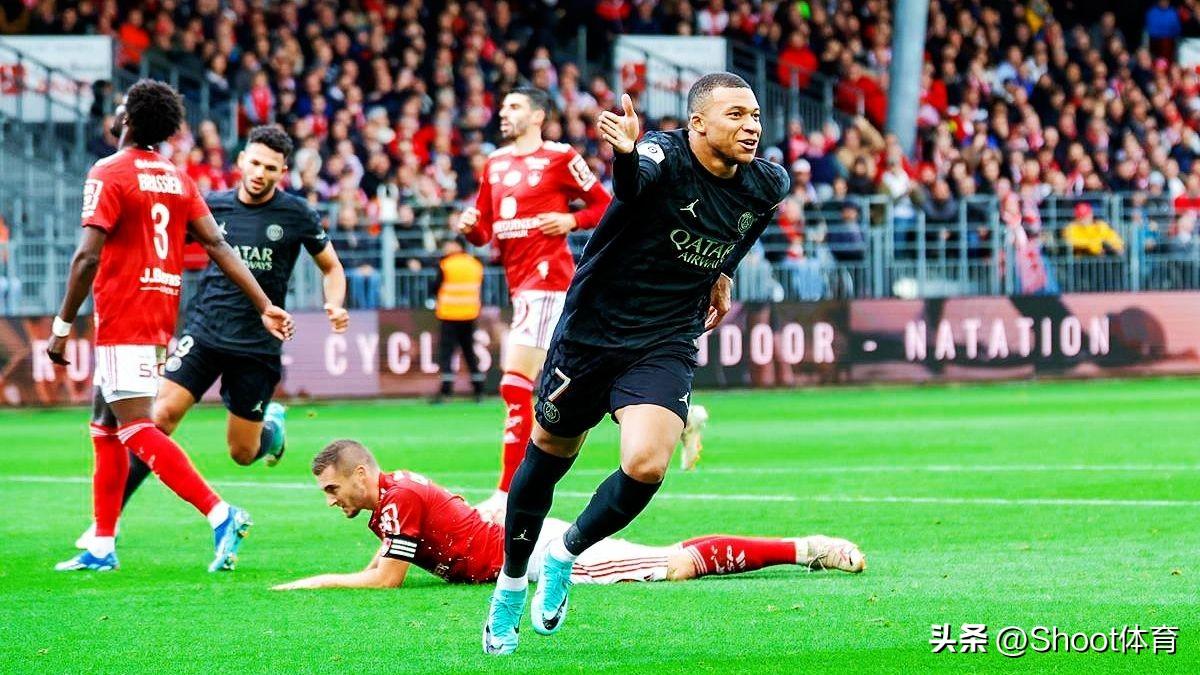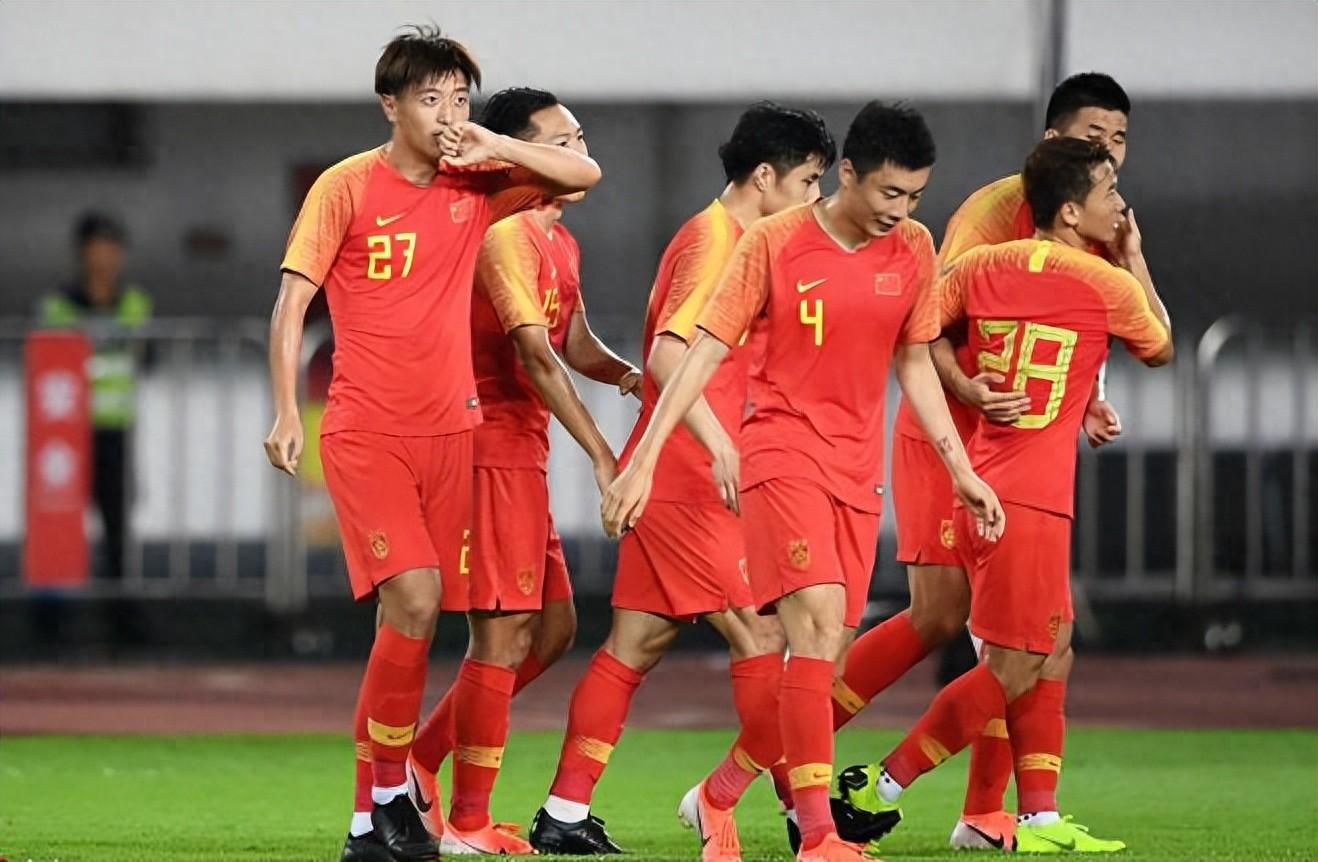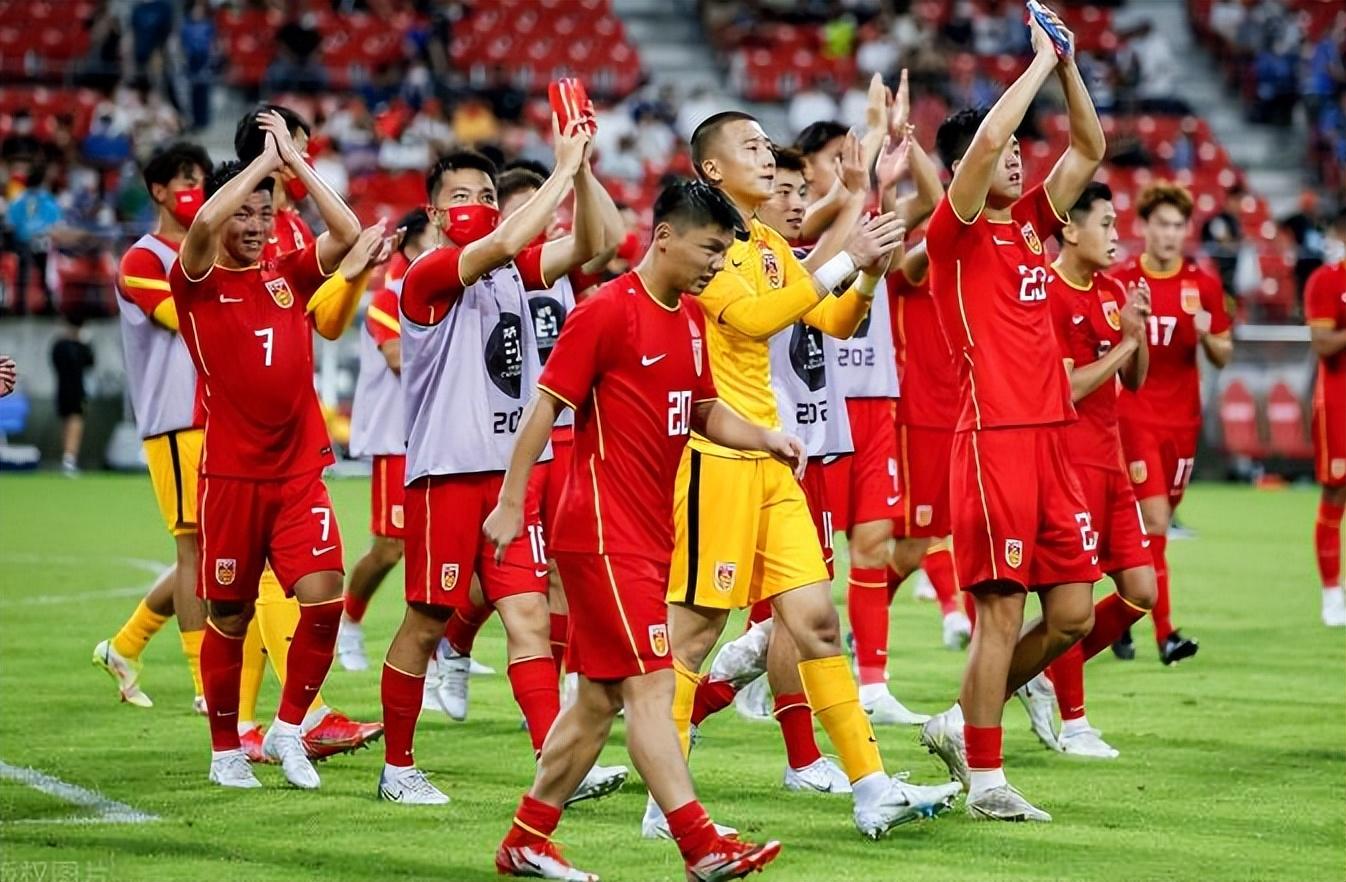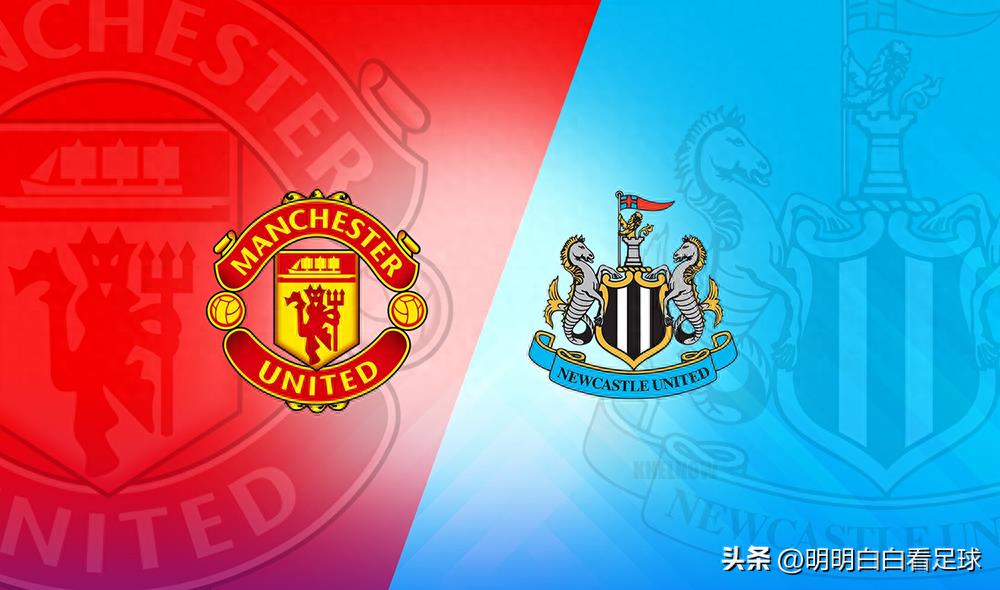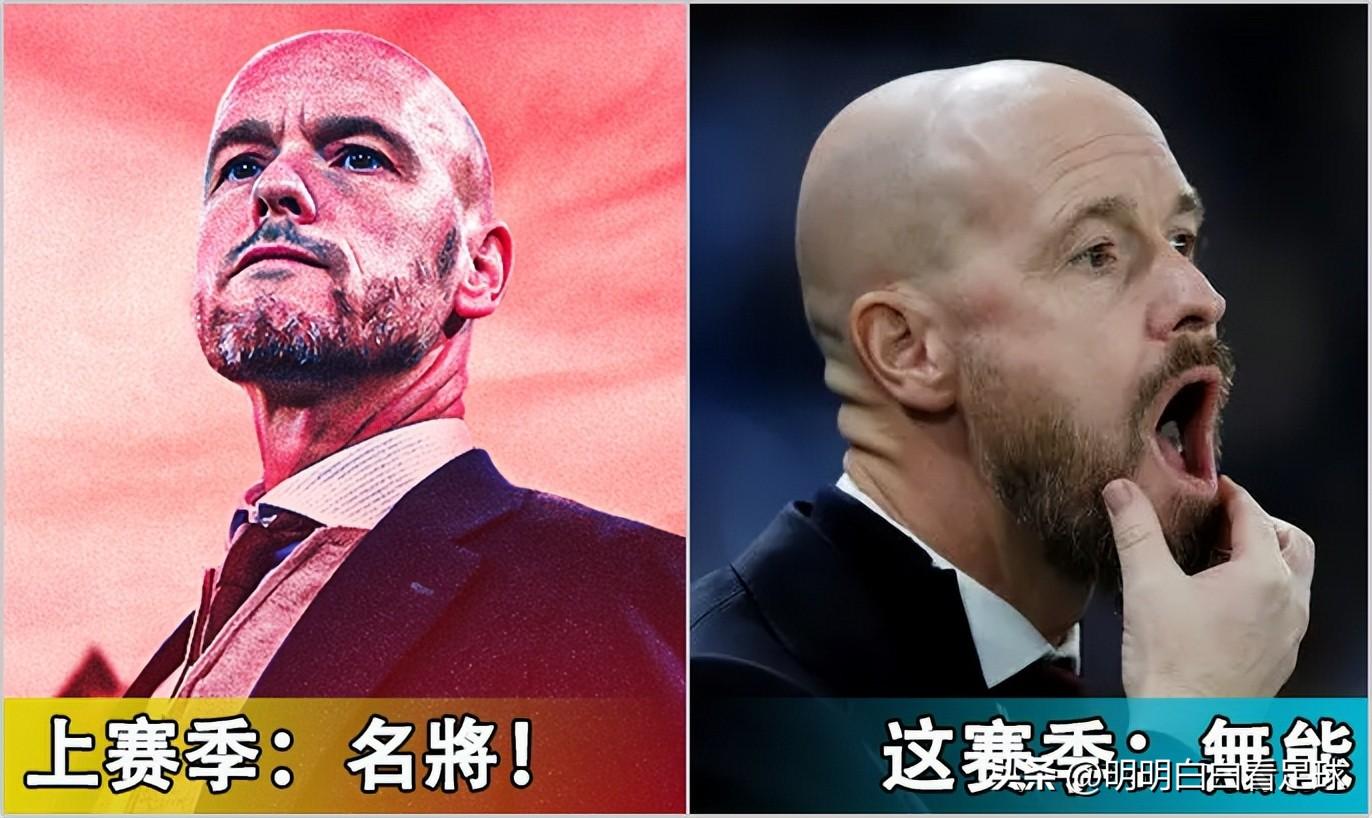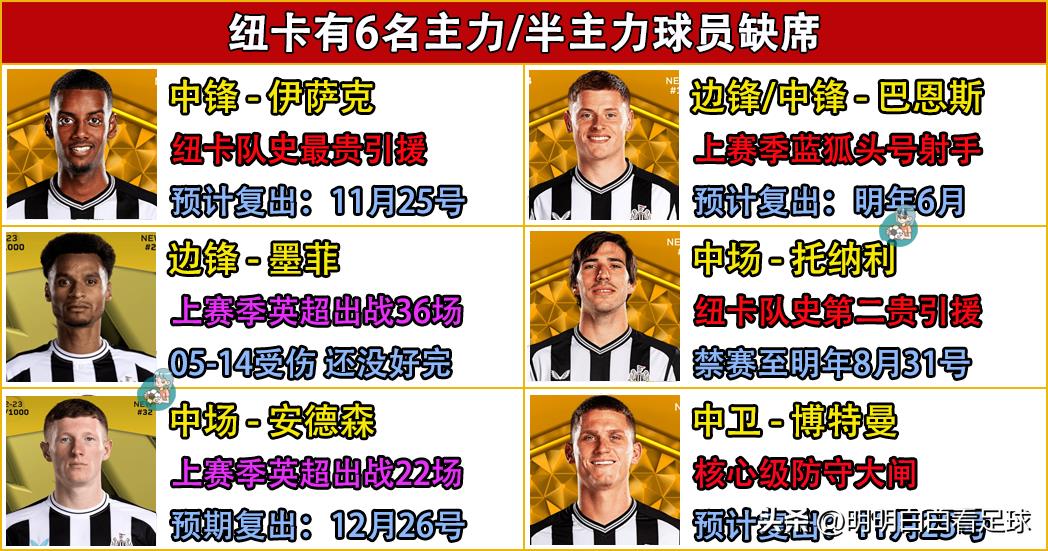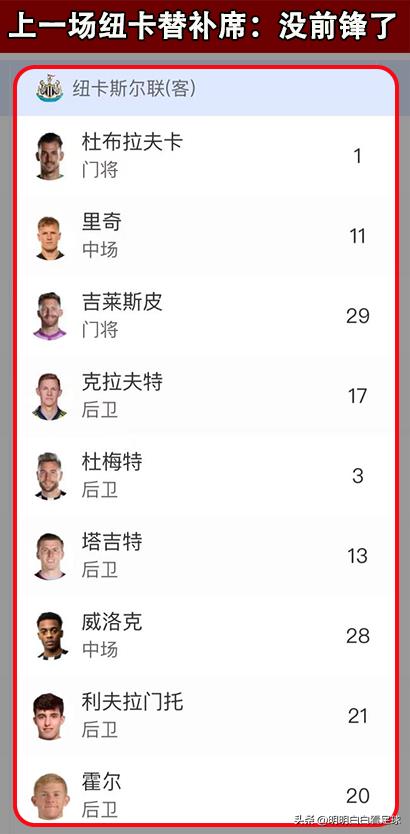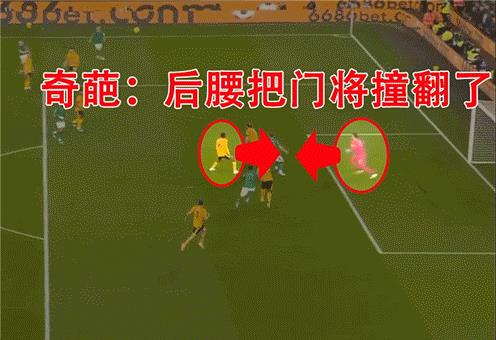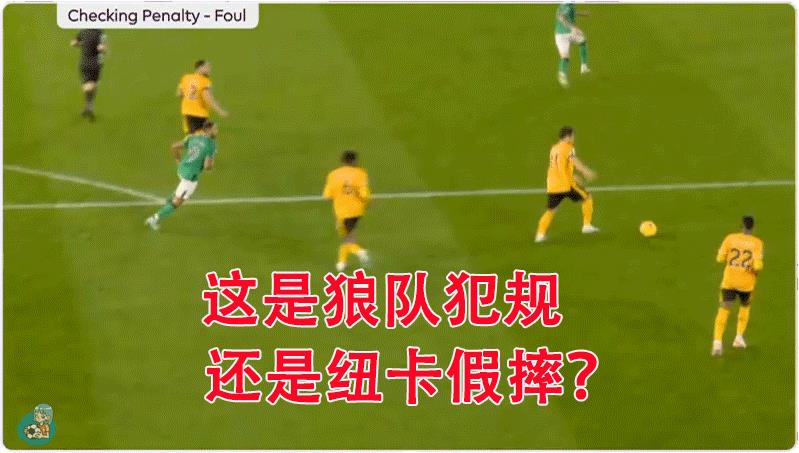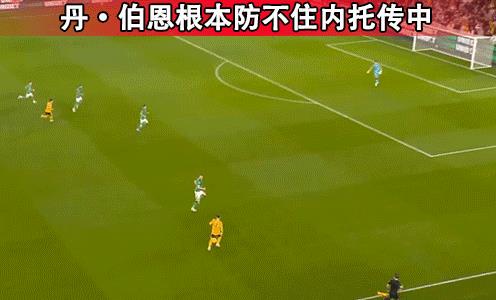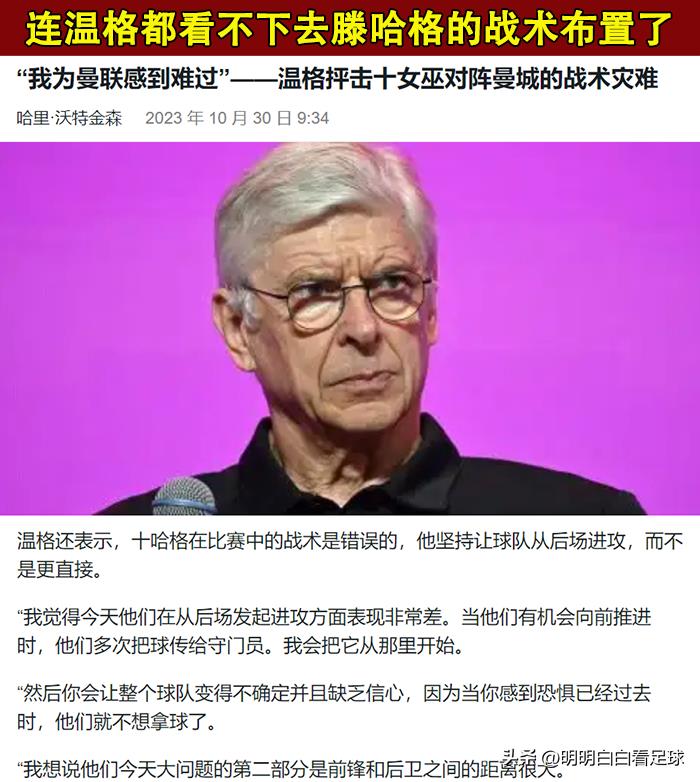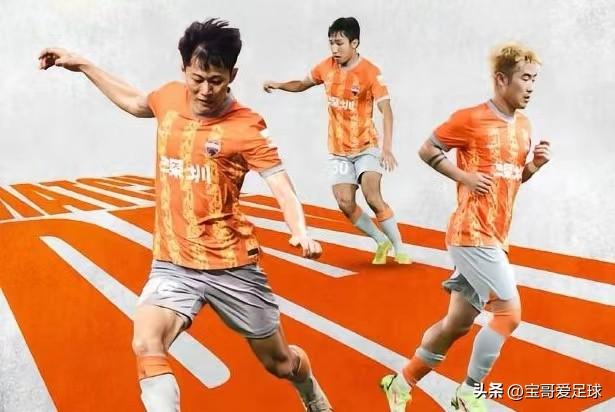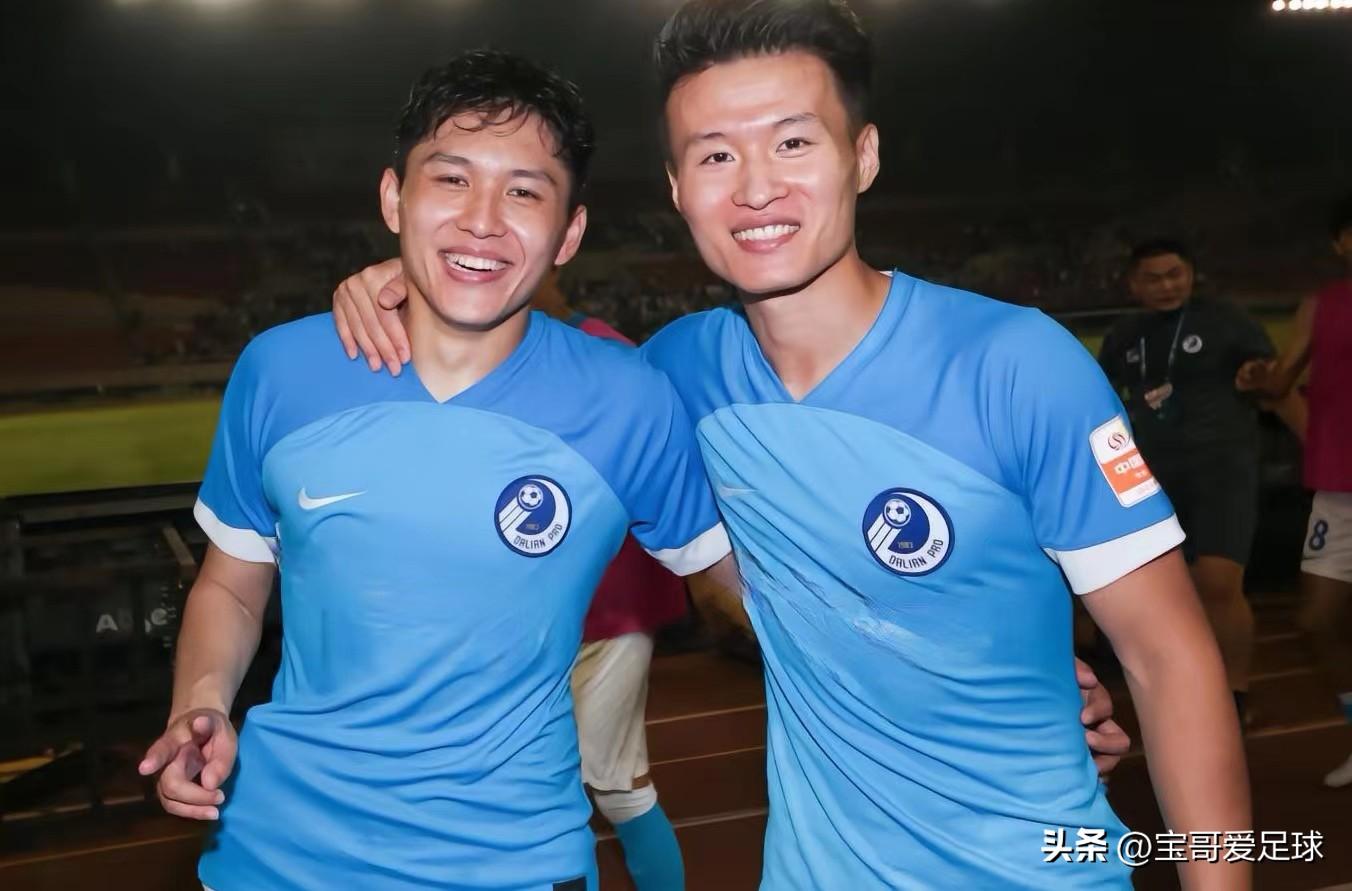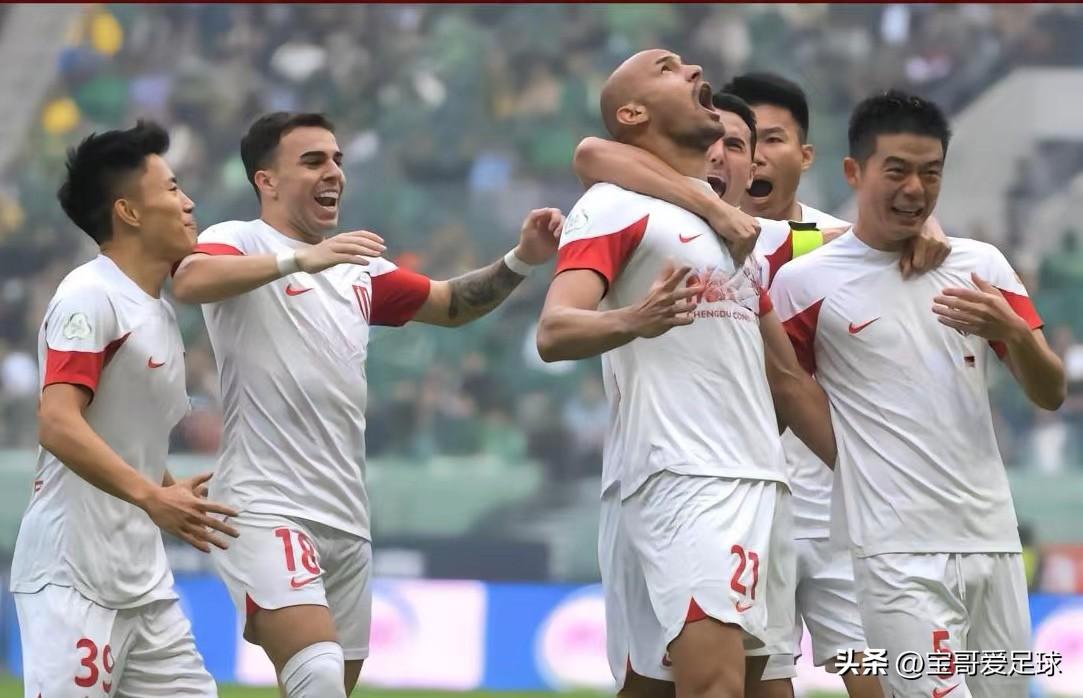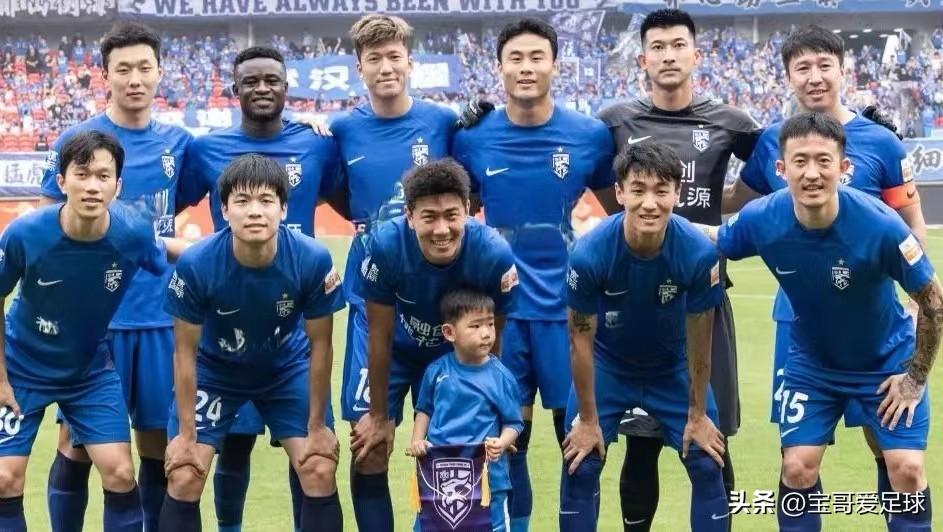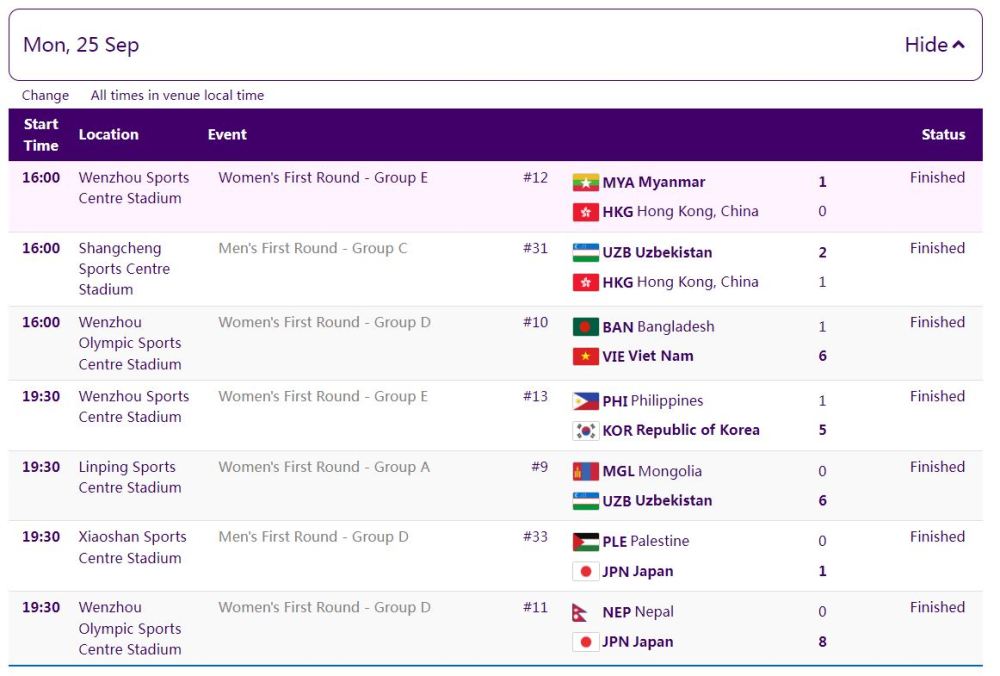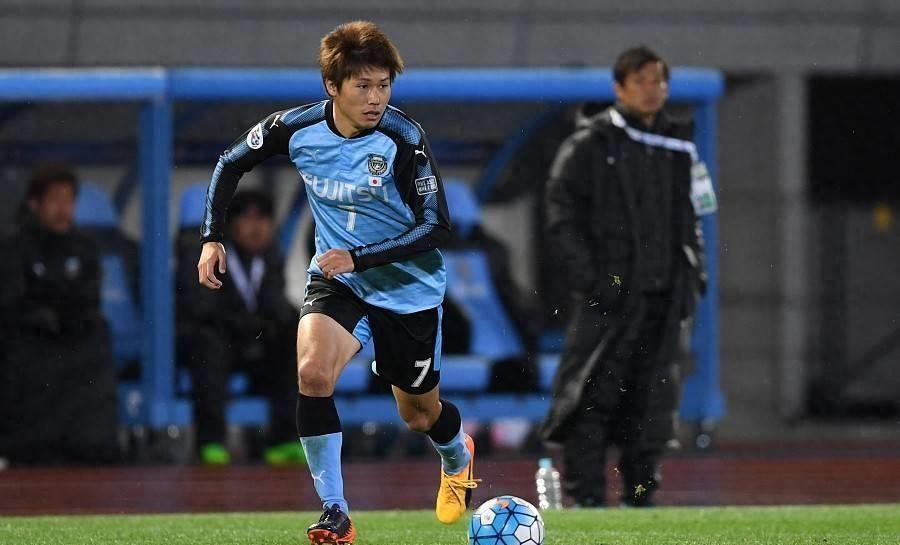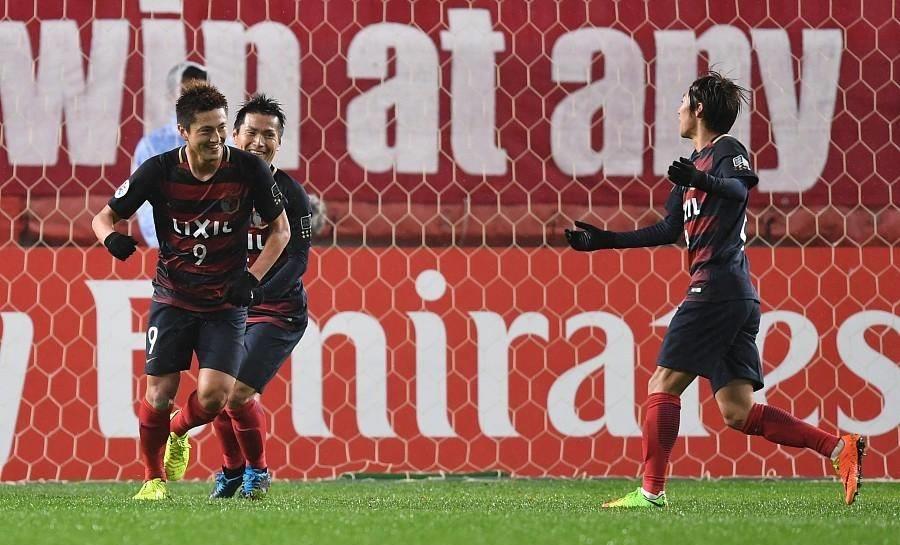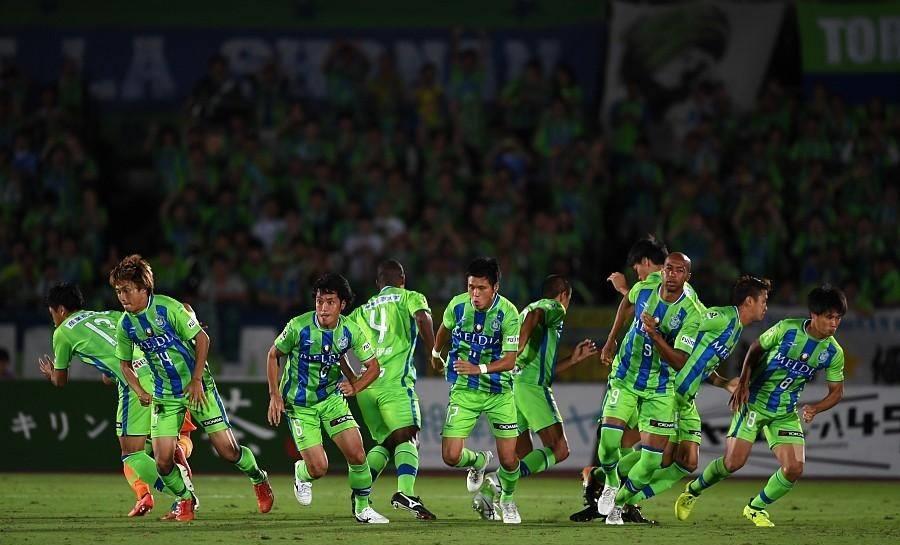The short video of "short and quick" is deeply loved by teenagers and widely used, and the negative effects are also paid more and more attention.
Recently, the China Youth Research Center completed a questionnaire survey of primary and secondary school students in six provinces in eastern, central, western and northeastern regions. The survey found that minors who used short videos accounted for 82.9%, an increase of 17 percentage points compared with the survey results of similar people in 2019.
The study also found that minors with heavy learning burden and poor parent-child relationship were significantly more exposed to short videos and used short videos for a long time and frequency than those with light learning burden and good parent-child relationship.
Moreover, the proportion of minors with heavy learning burden and poor parent-child relationship who set up the youth model is lower, and the proportion who are dissatisfied with the youth model and think that the youth model is of little use is higher.
From January 1, 2024, the Regulations on the Protection of Minors’ Network will be implemented. In this "Regulations", network literacy education is clearly included in the content of school quality education, and the key contents of social concern such as information protection for minors and prevention of addiction are also mentioned.
The network use of minors is complicated. On the one hand, it is necessary to prevent addiction and avoid negative effects; on the other hand, it is necessary to adapt to the trend and shorten the network platform such as video as a powerful learning tool, which puts forward new requirements for the supervision and service parties.
The survey found that over 80% of minors have used short videos. Short videos are widely used among minors, and the penetration rate has increased rapidly in recent years.
Sun Hongyan, the project leader and researcher of China Youth Research Center, said that in 2019, the survey results showed that the short video contact rate of minors was 65.6%. At present, with the rapid development of short videos, the contact rate of short videos among minors has increased by 17 percentage points.
More minors become "frequent users" of short videos. According to the survey in 2019, the proportion of frequent use of short videos was 9.7%. By comparison, it is found that this proportion increased by 11 percentage points in 2023, reaching 20.7%.
However, most minors use short videos infrequently, sometimes (37.2%) and occasionally (29.5%).
So, what kind of people use short videos more frequently?
It is found that the use of short videos by minors shows distinct demographic characteristics in terms of contact rate, frequency and duration of use. For example, rural students and high school students have used short videos more, for a longer time and with higher frequency.
"Compared with junior high school students and primary school students, high school students have significant differences in cognition, thinking, learning, interpersonal communication and access to information, and the demand for short videos is stronger. The phenomenon that rural minors use longer than urban minors deserves attention. " Sun Hongyan said.
In addition, the learning burden and parent-child relationship also have some influence on the behavior of minors using short videos.
Minors with heavy learning burden and poor parent-child relationship are significantly more likely to contact short videos, use short videos for a long time and frequency than those with light learning burden and good parent-child relationship.
In recent years, with the increasing use time of online games and short video platforms, the problem of minors’ internet addiction has been paid more and more attention, and related measures have been continuously introduced.
At the press conference of the State Council Office on October 27, Li Changxi, director of the Network Rule of Law Bureau of the National Network Information Office, introduced that in the prevention and control of addiction to online products and services, the Regulations on the Protection of Minors’ Networks (hereinafter referred to as the Regulations) stipulated that online products and services providers should promptly modify the contents, functions or rules that may cause minors to indulge, set up a model for minors, and announce the work of preventing addiction to the public every year.
Chloe Wang, a researcher at Beijing Institute of Technology’s Intelligent Science and Technology Law Research Center, told 21st century business herald that the network protection of minors is actually a problem of social co-governance, and all parties need to work together to resolve practical challenges. For example, a simple game scenario involves many links, including the joint participation of the platform and the family.
He pointed out that the verification of true age and guardian’s consent is another major challenge in the practice of network protection for minors, and it is also a global problem.
According to the survey, only 40% (40.5%) have set up the youth mode, and more than 30% have never set it (35.2%). More than 10% have set it in the past and don’t set it now (13.7%), and more than 10% don’t know whether it has been set (10.6%).
With the continuous improvement of the youth model, more and more minors are willing to be opened by their parents. The data shows that nearly 40% (36.1%) said they didn’t want their parents to start the youth mode, and more than 60% (63.9%) said they would like their parents to start the youth mode.
Li Changxi introduced that in order to prevent minors from indulging in online games and live webcasts, relevant network products and service providers have launched an upgraded anti-addiction system in accordance with the law, and promoted the "youth model" to "minor model".
"In practice, the platform will actively implement the relevant laws, regulations and standards for the protection of minors in order to purify its own operating environment," Chloe Wang said. "For example, in 2017, Tencent took the lead in launching the Growth Guarding System to help parents guide the play behavior of minors’ children, and launched the’ intellectual, physical and intellectual’ plan to provide hardware facilities and software courses for urban and rural minors. In the future process of network protection for minors, we can learn from the best practical experience in the industry and form a social consensus. "
The survey shows that the function of minors using short videos has gradually changed from entertainment to entertaining.
First of all, short videos have become the main channel for minors to answer questions. According to the investigation, it is found that web search (73.5%) is the first choice, accounting for more than 70%, followed by watching videos or short videos (56.6%) and asking classmates and friends (52.9%).
Secondly, among the favorite short video types of minors, knowledge education and hot topics have been greatly improved in ranking. In the survey data of 2019, these two categories ranked third and sixth respectively, while they ranked second and third respectively in this survey.
Sun Hongyan told 21st century business herald that light knowledge, which doesn’t take a lot of time to study systematically, is all-encompassing, easy to understand, short in time and easy to be accepted by the public. Ignoring knowledge also has the characteristics of entertaining and vivid images, which enables people to learn all kinds of knowledge in a relaxed and happy mood.
In addition, the vast majority of minors in the survey agree that short video learning is helpful to enrich knowledge, easy to learn and easy to interact. Most minors also believe that learning through short videos is more conducive to achieving universal education.
So, what kind of light knowledge is more favored by minors?
The survey shows that news hotspots rank first, humanities knowledge such as history, geography and culture rank second, and talent knowledge such as dance, music and painting ranks third, followed by the introduction of campus life of famous schools, popular science knowledge such as aerospace navigation and information technology, and sports and leisure knowledge such as football, chess and cards.
It is worth noting that the survey also found that some minors believe that there are still some disadvantages to be overcome in short video learning, such as the lack of high-quality content, the inability to guarantee the accuracy of knowledge, and the influence of algorithm recommendation.
The data shows that more than 60% (67.2%) of minors agree that "the accuracy of knowledge is not guaranteed", and more than half think that "there are too few high-quality contents" (57.2%).
This requires the joint efforts of schools and society to provide high-quality content and improve the network literacy of minors.
Yuan Ningning, executive deputy director of China University of Political Science and Law’s Juvenile Affairs Governance and Legal Research Base, said that the important purpose of strengthening network protection for minors is to promote minors to fully enjoy the digital dividend and achieve all-round development. Development is the goal and safety is the premise.
He pointed out that schools should incorporate the improvement of students’ network literacy into education and teaching activities, and rationally use the network to carry out teaching activities to help students develop good online habits and enhance their ability to acquire, analyze and judge network information.
At the press conference of the State Council Office on October 28, You Sen, head of the Department of Basic Education of the Ministry of Education, pointed out that the Ministry of Education will further guide and urge local schools to incorporate network literacy education into the content of school quality education, and work with the national network information department to study and formulate evaluation indicators for minors’ network literacy. Based on the main channel of classroom education, promote the organic integration of network literacy and related courses.
Li Changxi said at the press conference that the Regulations put forward measures to encourage and support the healthy development of platform enterprises. For example, Article 14 of the Regulations requires local people’s governments at or above the county level to provide high-quality online literacy education courses for students. These systems can better attract platform enterprises to participate.
"In the era of rapid development of short videos, the proportion of minors exposed to short videos will continue to increase, which is an inevitable demand for the growth of the network generation of minors. Therefore, it is necessary to decrypt the’ traffic password’ suitable for minors and provide them with more personalized short video service content and functions in combination with the development needs of minors. " Sun Hongyan said.
A noteworthy detail is that the survey found that the favorite knowledge anchor of minors is ordinary adults who share experiences (49.5%), followed by peers (48.0%), and the third place is brothers and sisters such as college students (47.6%). These grassroots knowledge experts are more popular than professors or researchers, primary and secondary school teachers, academicians or scientists, which reminds us to optimize the ways and means of spreading light knowledge through short videos.
But in general, the main purpose of minors using short videos is still fun and decompression, and it is their psychological need to hope to relax. Sun Hongyan said that parents and teachers should help minors discover the fun in life and help them find ways and means to decompress offline.
(Author: Wang Feng Editor: Zhou Shangqi)
Source: 21st century business herald Author: Wang Feng





